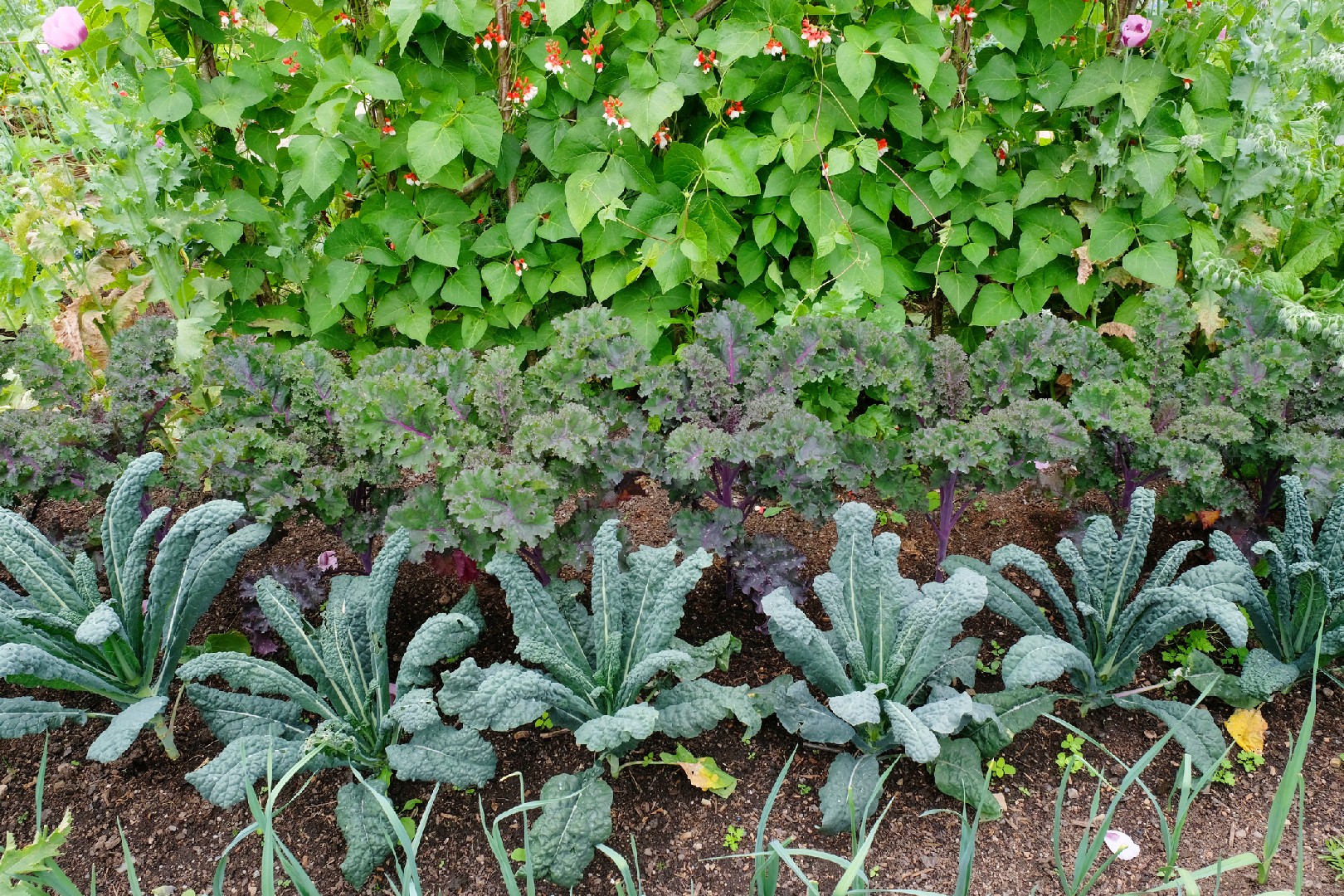![Rectangle]()
Aesthetic Elements for an Edible Front Yard
When it comes to designing an edible front yard, it's not just about the functionality of the space but also the aesthetic appeal. Integrating pathways, hardscapes, and water features can add a touch of elegance to your garden while still maintaining its practicality.
Pathways can serve as more than just a way to navigate your garden. They can also be used as design elements to create visual interest. Consider using materials like cobblestone, gravel, or even wooden planks to create unique and attractive pathways. You can also create meandering paths that take visitors on a journey through your edible landscape, adding a sense of discovery and enchantment.
Hardscapes, such as retaining walls or raised beds, can add structure and dimension to your front yard. Not only do they provide a place to grow your edible plants, but they also create a focal point that draws the eye. You can choose materials that complement the overall aesthetic of your home, like stone or brick. Don't be afraid to get creative with the design of your hardscapes and experiment with different shapes and levels to create visual interest.
Water features, like fountains or small ponds, can bring a sense of tranquility and serenity to your edible front yard. The sound of running water can be soothing and create a relaxing atmosphere. Additionally, water features can attract beneficial wildlife, such as birds or butterflies, which can help with pollination and pest control in your garden.
While functionality is important, adding container gardening to your edible front yard can enhance its aesthetic appeal. Containers come in various shapes, sizes, and materials, allowing you to create a unique and visually appealing display of your favorite edible plants. You can play with different colors and textures, mixing and matching plants that complement each other. Consider combining leafy greens like kale or lettuce with vibrant herbs like basil or thyme to create a visually striking arrangement.
Lastly, pairing edible plants for complementing colors and textures can elevate the overall aesthetic of your front yard. Instead of just planting vegetables in rows, think about how different plants can work together to create a beautiful tapestry of colors and textures. Choose plants with different foliage colors, such as purple kale, red lettuce, and green Swiss chard, to create a visually stunning display. Mix in flowering plants like marigolds, nasturtiums, or pansies to add pops of color and attract pollinators.
By integrating pathways, hardscapes, water features, container gardening, and thoughtful plant pairings, you can transform your edible front yard into a visually appealing and inspiring space. Not only will it provide you with fresh and tasty produce, but it will also captivate and inspire your visitors. So let your creativity flow and design an edible front yard that showcases both your practical skills and your artistic flair.





